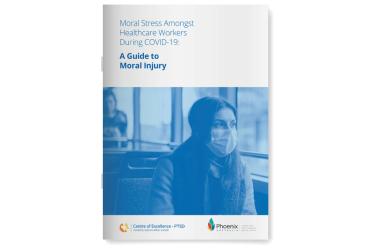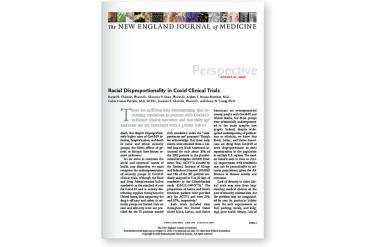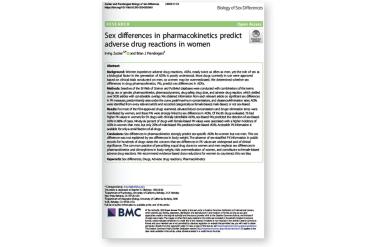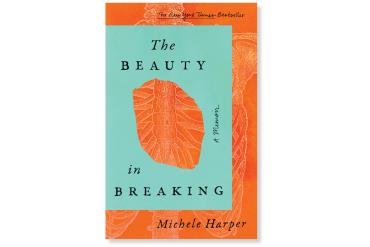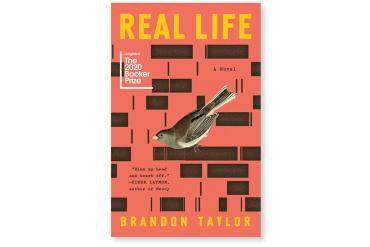COVID-19 Amplifies Moral Injury
Caring for patients during the pandemic brings with it a host of complications beyond the challenges of inadequate physical protection: as a healthcare worker, how can you provide the best possible care to non-COVID-19 patients when attention and resources are focused elsewhere? How can you keep from passing COVID-19 to your loved ones? What do you do when you lack the resources to provide the PPE or treatments likely to save someone’s life? These are examples of moral stressors, events that betray your deeply held moral convictions, and they can cause serious harm, undermining your ability to rest and restore yourself when you feel depleted.
Researchers in Canada and Australia have created a valuable resource to address these issues in Moral Stress Amongst Healthcare Workers During COVID-19: A Guide to Moral Injury. The guide supports healthcare workers who are experiencing complex psychological reactions as a result of the pandemic. It explores the possibilities for moral injury (including the relationship between moral injury and burnout), describes the potential short- and long-term effects, and provides strategies to be implemented at organization, team, and individual levels to prevent lasting harm.
Wanted: Equity in Drug Research
The COVID-19 pandemic highlights how critical it is that people of color and women be better represented in drug trials.
“Racial Disproportionality in Covid Clinical Trials,” published in the New England Journal of Medicine, focuses on two trials in which Black, Latinx, and Native American individuals were “substantially underrepresented,” despite their overrepresentation in positive COVID-19 cases and deaths. The article calls for prioritizing “inclusion of patient populations that reflect the demographics of the ongoing pandemic” and increasing funding for scientists from underrepresented ethnic groups.
“Sex Differences in Pharmacokinetics Predict Adverse Drug Reactions in Women,” in Biology of Sex Differences, notes that women experience adverse drug reactions at twice the rate men do. In their review of more than 5,000 studies of 86 different drugs, the authors found that dose recommendations ignored pharmacokinetic and dimorphic differences between men and women, leading to much greater risk of overmedication for women; women experienced more serious side effects than men and had higher drug concentrations in their bloodstreams with longer elimination times.
Perspective Matters
We cannot address the significant racial and gender disparities or fight injustice in health-related fields without understanding the barriers that deter members of marginalized groups from accessing—or remaining in—health and science professions. The memoir and novel genres offer unique paths toward this understanding because they allow readers to become immersed in the lives of others. Michele Harper’s memoir The Beauty in Breaking and Brandon Taylor’s novel Real Life(both from Riverhead Books) are exemplars in this regard.
In The Beauty in Breaking, emergency physician Harper examines the links between her personal experiences and larger structural and institutional issues. She looks at how racism, sexism, medical and societal neglect of veterans, and the struggle for civil rights play out in her own life and in the lives of the patients who come into her ED. As she braids these strands into one graceful whole, she also describes the intensity with which she focuses on self-care. For Harper, this looks like exercise and a nutritious diet, meditation, reflection, and the study of Buddhist principles, all of which enable her to do her job well in the face of numerous challenges and stressors.
Taylor’s novel Real Life relates the experiences of Wallace, a Black gay man from Alabama pursuing a PhD in biochemistry at a Midwestern university (a trajectory that roughly follows the author’s educational path). Like Harper, Wallace finds himself in a community where the professional and the personal cannot help but overlap; one where he is often the only voice speaking up for himself, even among his closest friends; one where, even after several years, he often feels hopelessly alone. As Wallace puzzles through the challenges of his research, his relationships, and his own insecurities, Taylor’s novel invites each reader to think about how their perspective shapes their relationships and worldview. It’s essential reading, not just for those who work in health and science-related fields but for everyone who wants to build a more just, compassionate world.

